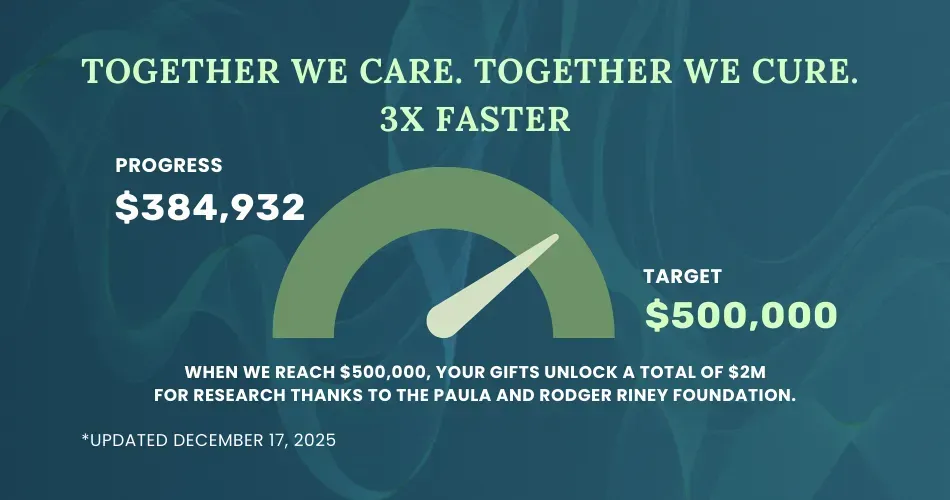How is Burkitt Lymphoma Staged and Classified?
Burkitt lymphoma is staged using the Ann Arbor staging system, which is commonly used for non-Hodgkin's lymphomas. This system classifies the disease into four stages based on the location and extent of the cancer.
- Stage I: The cancer is located in a single lymph node region or a single non-lymph node site.
- Stage II: The cancer is located in two or more lymph node regions on the same side of the diaphragm, or it extends from a single lymph node region into a nearby organ.
- Stage III: The cancer is located in lymph node regions on both sides of the diaphragm.
- Stage IV: The cancer has spread to one or more organs outside the lymphatic system, such as the liver, bone marrow, or lungs.
Each stage can also be classified as "A" or "B". "A" means the patient does not have any significant symptoms, while "B" indicates the patient has significant symptoms such as fever, night sweats, or weight loss.
Understanding the Classification System for Burkitt Lymphoma
Burkitt lymphoma is also classified based on the speed of its growth and the specific type of cells it affects. There are three main types:
- Endemic Burkitt lymphoma: This type is most common in Africa and is usually associated with the Epstein-Barr virus. It often affects the jaw or facial bones.
- Sporadic Burkitt lymphoma: This type is more common in the United States and Europe. It often affects the abdomen.
- Immunodeficiency-related Burkitt lymphoma: This type is usually seen in people with weakened immune systems, such as those with HIV/AIDS.
Treatment Phases of Burkitt Lymphoma
The treatment phases of Burkitt lymphoma are typically described in terms of the disease's progression and the patient's response to therapy. These phases include:
- Induction: This is the first phase of treatment, where high-dose chemotherapy is used to kill as many cancer cells as possible.
- Consolidation: In this phase, additional chemotherapy is given to kill any remaining cancer cells that were not destroyed during the induction phase.
- Maintenance: This phase involves lower-dose chemotherapy to prevent the cancer from coming back.
Each phase of treatment is critical to achieving the best possible outcome for the patient. The specific treatment plan will depend on the stage and classification of the disease, as well as the patient's overall health.
Want to Learn More About Burkitt Lymphoma?
Keep reading HealthTree for Burkitt's Lymphoma 101 pages!
Burkitt lymphoma is staged using the Ann Arbor staging system, which is commonly used for non-Hodgkin's lymphomas. This system classifies the disease into four stages based on the location and extent of the cancer.
- Stage I: The cancer is located in a single lymph node region or a single non-lymph node site.
- Stage II: The cancer is located in two or more lymph node regions on the same side of the diaphragm, or it extends from a single lymph node region into a nearby organ.
- Stage III: The cancer is located in lymph node regions on both sides of the diaphragm.
- Stage IV: The cancer has spread to one or more organs outside the lymphatic system, such as the liver, bone marrow, or lungs.
Each stage can also be classified as "A" or "B". "A" means the patient does not have any significant symptoms, while "B" indicates the patient has significant symptoms such as fever, night sweats, or weight loss.
Understanding the Classification System for Burkitt Lymphoma
Burkitt lymphoma is also classified based on the speed of its growth and the specific type of cells it affects. There are three main types:
- Endemic Burkitt lymphoma: This type is most common in Africa and is usually associated with the Epstein-Barr virus. It often affects the jaw or facial bones.
- Sporadic Burkitt lymphoma: This type is more common in the United States and Europe. It often affects the abdomen.
- Immunodeficiency-related Burkitt lymphoma: This type is usually seen in people with weakened immune systems, such as those with HIV/AIDS.
Treatment Phases of Burkitt Lymphoma
The treatment phases of Burkitt lymphoma are typically described in terms of the disease's progression and the patient's response to therapy. These phases include:
- Induction: This is the first phase of treatment, where high-dose chemotherapy is used to kill as many cancer cells as possible.
- Consolidation: In this phase, additional chemotherapy is given to kill any remaining cancer cells that were not destroyed during the induction phase.
- Maintenance: This phase involves lower-dose chemotherapy to prevent the cancer from coming back.
Each phase of treatment is critical to achieving the best possible outcome for the patient. The specific treatment plan will depend on the stage and classification of the disease, as well as the patient's overall health.
Want to Learn More About Burkitt Lymphoma?
Keep reading HealthTree for Burkitt's Lymphoma 101 pages!
Trending Articles
Get the Latest Burkitt Lymphoma Updates, Delivered to You.
By subscribing to the HealthTree newsletter, you'll receive the latest research, treatment updates, and expert insights to help you navigate your health.
Together we care.
Together we cure.
3x Faster.




